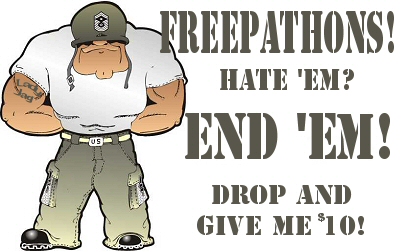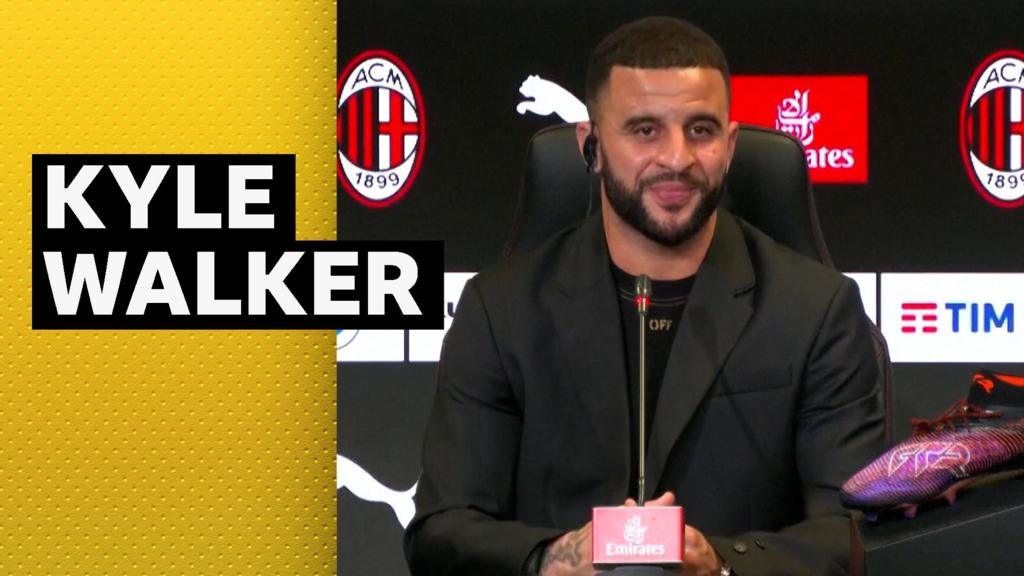If you've ever seen a man and woman and not been able to tell if they are dating or related, don't be embarrassed.
Dr Karen Wu, associate professor of Psychology at California State University, says science indicates lovers often select partners who look like themselves.
The reasons include psychological phenomena such as in-group bias, implicit egotism, the familiarity effect, sexual imprinting and more.
This uncanny phenomenon has gained so much attention that it has sparked a game called 'Siblings or Dating' that is played on various social media platforms.
Presented with a photo of two people who look remarkably similar, the viewer is asked to guess whether they are related, or in a relationship. The latter answer proves to be correct more often than you might think, sometimes in disturbing ways.
Over time there are plenty of examples of this among celebrities. Brad Pitt and Gwyneth Paltrow, who dated from 1994 to 1997, shared their blonde hair, blue eyes, sharp cheekbones and powerful jaw shape.
Many have pointed out that actress Kiera Knightley and her husband of over a decade, the English musician James Righton, look alike, with the same hooded eyes, apple cheeks and brown hair.
This seems to suggest that people are tend to chose romantic partners who look like themselves, and psychology can help us understand why.
See if you can figure out whether each pair in the photos below are siblings or dating... the answers might shock you. Each photo has been numbered, and you will find the corresponding answer at the bottom of this article.
#1: These two cuddled up on an inflatable raft are certainly posing like a couple. But their matching skin tones and similar eyes and nose may suggest otherwise
In-group bias is one of the most obvious explanations, Dr Wu states in an article for Psychology Today.
People tend to be more attracted to others within the same physiological groups as them, such as their racial group or age group.
'In the US, ingroup biases in dating are found among many racial groups, including Whites, Black, Latinxs and Asians,' Dr Wu writes.
This is motivated by many different factors, including a desire for social network approval, perceptions of similarity and physical attraction.
But Dr Wu explains that it significantly narrows the dating pool and increases the likelihood that romantic partners will have similar features.
What's more, studies have shown that people are actually attracted to 'morphs' of their own faces.
In one experiment, the morph that was the most attractive to participants contained 22 percent of their own facial features, even though they could not consciously recognize their own face in the image.
#2: These two look like copy-and-paste versions of each other, with matching fair complexions, wide smiles and similar builds. But could they actually be more than siblings?
#3: These two are standing awfully close for siblings, although they do have identical hair color, skin tone and matching athletic physiques
This hints at another key reason why people choose partners who look like themselves: implicit egotism.
This refers to the human tendency to subconsciously favor things that are similar to oneself.
People also prefer partners who look like themselves due to the familiarity effect, according to Dr. Wu.
'When we are exposed to a particular stimulus over and over, we will tend to like it more due to ease of processing. To our brains, easy means pleasant,' she says.
There's almost nothing more familiar than the sight of one's own face, so it makes sense that people would be drawn to others who have similar features.
#4: These two party-goers are sharing a pretty intimate embrace. But a closer look at their matching noses, eyebrows and hair color raises some questions
#5: Same smile, cheekbones and all-around similar facial proportions. Are they siblings? Or could that hug-from-behind signal a couple?
But in addition to looking for one's own face, people may subconsciously look for their parents' faces in potential partners too, Dr. Wu says.
This is called sexual imprinting. Research has shown that from an early age, children begin to associate their parents with what a desirable partner should look like, Wu explains.
But not everyone prefers a partner that looks like their parents. One's emotional closeness with their mom and dad shapes how attracted they are to others who have similar features to their parents, Dr. Wu says.
It's not all about the face either. Many people look for partners whose body types match their own.
Studies have found that spouses tend to have similar body mass indexes, weights and heights, although when it comes to BMI, weight and fitness, similarities may stem from lifestyle factors too, Dr. Wu points out.
All of this goes against the age-old saying, 'opposites attract.' As it turns out, there is very little research to suggest that was ever the case, experts say.
ANSWERS
1: Siblings
2: Dating
3: Siblings
4: Dating
5: Siblings

 By Daily Mail (U.S.) | Created at 2025-02-01 17:43:24 | Updated at 2025-02-01 20:51:36
4 hours ago
By Daily Mail (U.S.) | Created at 2025-02-01 17:43:24 | Updated at 2025-02-01 20:51:36
4 hours ago








